
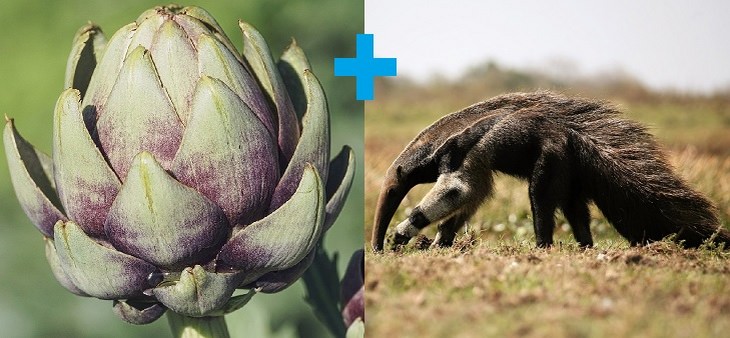
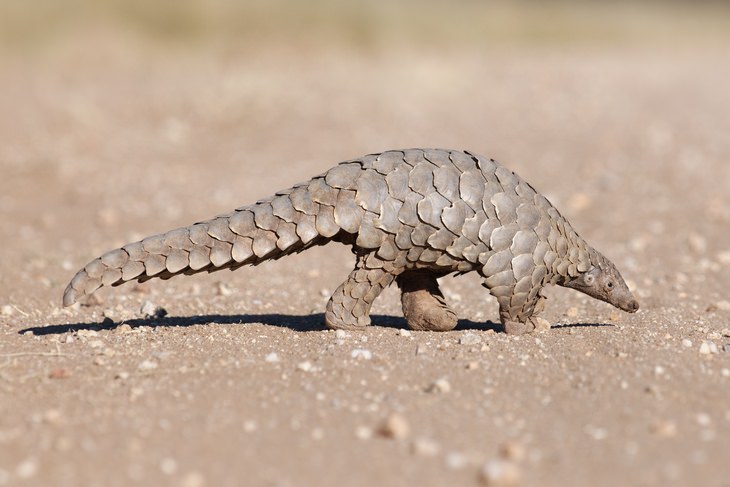
 Source: Valerius Tygart
Source: Valerius Tygart Source: Stephencdickson
Source: Stephencdickson Source: Scott Edmunds
Source: Scott Edmunds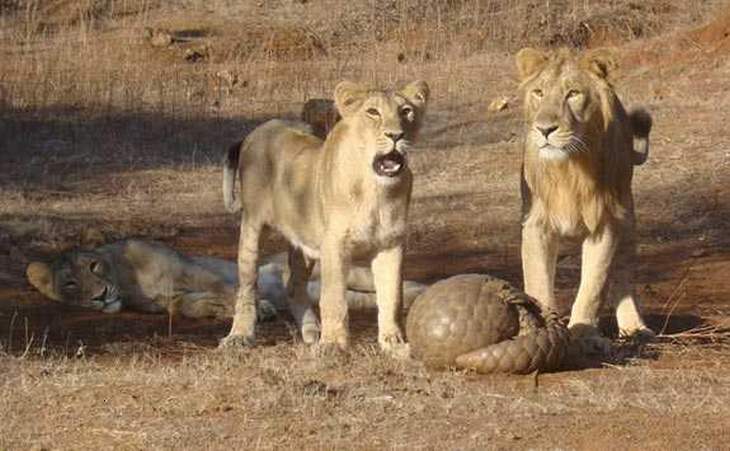 Source: Sandip Kumar
Source: Sandip Kumar 12:31
12:31
These Animals Have a Criminal Record
These beetles were sentenced in court, and they even had a lawyer! Learn about 25 more historical cases of animals with a criminal record.

8 Reasons Otters Are the Most Adorable Animals on Earth
Everything you need to know about otters
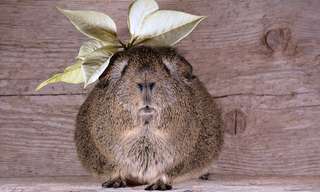
17 Interesting Animal Facts that Come With a Twist!
The animal world can be very strange at times...
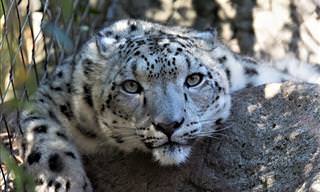
These 10 Endangered Species Are In Dire Need of Help!
There has been much talk about the rapidly declining numbers of many species world over. This is what's being done to help.

This Collection of Dog Facts Will Definitely Surprise You
If you think you know a lot about dogs, think again. These 16 surprising facts will open your eyes and give you insight into our best friend's world.

Fascinating Photos Revealing the Real Lives of Seals
Seals are both cute and fascinating creatures. Here are 15 photos depicting seals in cute moments and some fun facts about these amazing animals
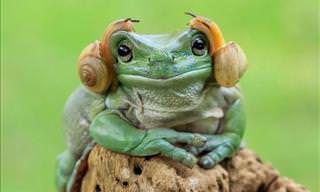
Hilarious! Someone's Gonna Get Fired for This...
I've never seen so many pictures that seem too perfect to be real as here!

You've Probably Never Seen Trees Like These Before...
Trees are our life-source. They give off the oxygen that we need to breathe, but they also make the world a beautiful place. Here are some gorgeous photographs of the world's most spectacular trees.
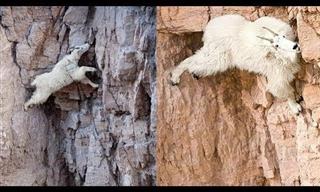 10:32
10:32
This is How Mountain Goats Defy Physics and Gravity
They're known to be able to defy the laws of physics, and today we'll discover exactly how they do that.
 4:55
4:55
The Most Adorable Otter Ever Will Teach You About Otters
This little orphaned river baby otter is so cute, you'll never want to stop watching it. But if you do, you'll learn all about otters while accompanying on his little day. Are you ready to learn about otters?
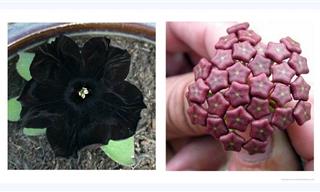
16 Fascinating Plants You Have to See to Believe!
How many of these interesting plants have you seen before?

The 19 Most Breathtaking Fall Photos From Across the Globe
Let's celebrate the unique beauty of autumn! Admire this beautiful season in 19 different places around the globe with these stunning photos

GUIDE: 15 of the Smallest, Sweetest Dog Breeds
If you're interested in meeting some of the smallest and cutest dog breeds in the world, check out these 15 breeds.

8 Curious Facts About Cheetahs You Probably Didn’t Know
There’s so much more to the cheetah than its speed. Learn some little-known facts about the animal.
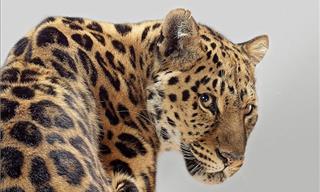
Photographer Captures Myriad Moods of Stunning Big Cats
Observing big cats from up close is rare. Here are some brilliant big cat portraits that take you real close to these magnificent animals.
 4:50
4:50
The Crystal Waters of Fiji Are Pure Underwater Heaven
There are few waters more beautiful than the crystal clear waters of Fiji.

These Animal Facts Are Both Adorable and Interesting
Twenty fascinating animal facts that we bet you never knew about!
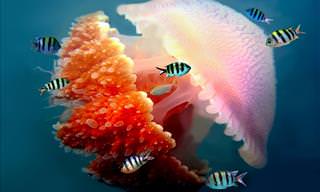 44:04
44:04
Explore the Secret World Of The Jellyfish With This Video
This full documentary will help you get a better understanding of the world that jellyfish inhabit.

The World Is Full of Beauty, but These Rivers Top It All
These are 15 of the world's most spectacular rivers. Their beauty will mesmerize you!

Learn How Wolves Evolved Into Domestic Dogs
Ever wondered how wolves ended up evolving into the dogs that we all know and love? Find out how it happened in this article.

16 Photos That Showcase Our Planet’s Breathtaking Beauty
Check out these unbelievably picturesque photos from around the world.

Here Are 12 of the Strangest Lakes on the Planet
We present to you 12 of the strangest lakes on our planet.

Nature inFocus Photography Awards: 17 Incredible Winners
Check out the incredible winners of the 2023 Nature inFocus Photography Awards.
 3:01
3:01
Fly Through the Most Royally Stunning Castles of Europe!
I love this wonderful drone footage of the great castles and palaces of old Europe so much I just had to share it with you. It's a true life fairytale.
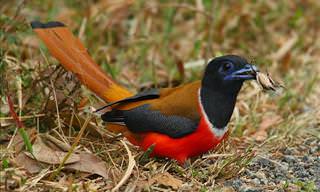
Witness the Stunning Majesty of the Birds of India
If you're a bird lover, then few places on this planet are more ideal for you than India. Find out why here.
 44:25
44:25
War of the Carnivores: Full Length Wildlife Documentary
These fierce warriors contest each other in a raw, untamed spectacle of survival, where every moment counts. Brace yourselves, the battle begins.
 1:49
1:49
This Animal Is the Best Mimic in the World...
How intelligent and clever IS this animal??
 2:32
2:32
Watch Penguin Chicks Hatch in this Beautiful Nature Video
This fascinating video uses hidden cameras to capture the moments when baby penguins emerge from their shells, ready to be shown off by their proud dads.
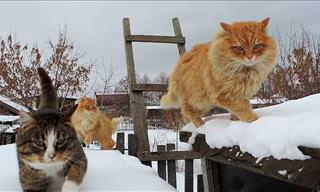
These Siberian Cats Are Truly Stunning!
Alla Lebedeva has turned her homestead into a "Catland" and she has now gone viral thanks to some incredible photographs of her glorious Siberian cats.

The Wonders of the Maasai Mara in 10 Award-Winning Photos
Prepare for the wildlife adventure of a lifetime!

These 24 Gems and Minerals Will Take Your Breath Away
Nature is such an incredible thing, and this applies just as strongly to the gems and minerals it forges. Here are 24 of the most beautiful gems and minerals.
 8:38
8:38
Witness the Magical Views of Norway's Northern Islands
The amazing place you are about to see in this video is Svalbard - an archipelago that is in the northernmost part of the entire kingdom of Norway.
 11:48
11:48
Nature: How Animals Evolved Head Weapons
The history of animal head weapons is diverse and fascinating.

Beautiful & Weird Creatures of the Sea - Collection
In this collection, you'll find some of the most strange, beautiful and remarkable creatures under the waves.

17 Heart-Melting Smiling Animals to Brighten Your Day
Smiles are contagious - that everyone knows, so look at these pictures of smiling animals and one will spread across your face in no time.
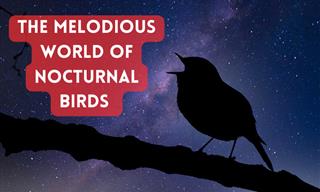
9 of the Most Fascinating Night-Singing Birds
Enter the fascinating world of birds that chirp mellifluously at night.

Bird Watchers’ Paradise: 7 Stunning Bird Sanctuaries
If you love birds, then pack your bags and take a trip to these wondrous bird sanctuaries.
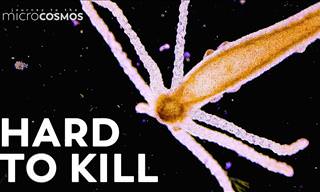 8:25
8:25
This Microscopic Animal is Probably Immortal
Not unlike the mythical hydra, real life hydras are microscopic organisms that have incredible regenerative abilities...

The Colorful and Beautiful Birds of Paradise!
This amazing video brings to life the most beautiful and stunning of birds!
 3:55
3:55
I Never Knew Bosnia Could Be So Breathtaking!
An incredible video of Bosnia & Herzegovina filmed for six months, displaying the natural beauty of this gorgeous country.

What Did These Breeds Look Like a Century Ago?
Certain breeds of dogs have changed a lot over the last century. Check out some of their evolutionary changes here.
 4:30
4:30
Lions! What You Didn't Know About This Amazing Creature
There is so much to know about this beautiful yet terrifying beast of the wild. This video takes you on a trip of discovery of numerous interesting things you probably didn't know about Lions.
 2:50
2:50
Wild Nature: Young Elephant Fends Off 14 Lions Unharmed
How an elephant convinces a group of lions that this is not an animal worth tangling with...
 6:26
6:26
This Amusing Video Explains How Cats Land on Their Feet!
Have you ever wondered just how cats manage to safely land on their feet every time they fall or are dropped? Watch this video and wonder no more!

The Galapagos Islands Are Truly a Marvel of Nature
The Galapagos islands truly are a marvel of nature. Parts of the islands are open to visitors, so if you have the chance to go, grab it with both hands!

These Animals Are All Black & Beautiful Thanks to Melanism
Melanism is a genetic mutation that results in beautiful black animals, which stand out from their species counterparts. Here are 15 melanistic animals.
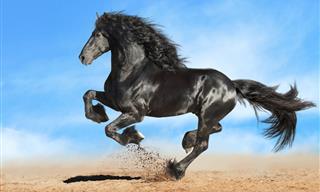 4:19
4:19
This Horse Breed is One of the Most Royally Graceful...
These horses truly display the traits and gracefulness that have caused man to fall in love with this animal, so long ago.


